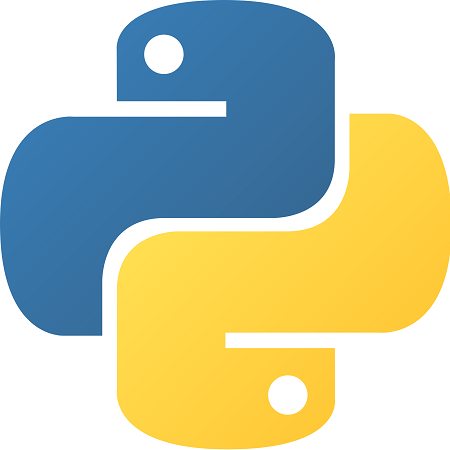Design patterns in python

In this tutorial, we will be discussing the design patterns in python, and we will learn about different types and methods as well as we will try to implement them practically. Python is a high-level programming language, and this topic(Design patterns in python) is among one the advanced topics of python
What is a design pattern in python?
Design pattern in python is one of the most frequently used algorithms by python developers to solve recurring problems. It represents the best possible solution to commonly occurring problems. One important thing is that it is not the actual code that will solve the problem directly. It just discusses possible ways of solving any issue using templates. It tries to find the most optimal and efficient solution to problems. It also gets updated by changes in the behaviour of problems.
Suppose you are a python developer, and while working on some project or software-related stuff, you got an issue, and then you tried to solve it in a particular way. After some time, you again got the same problem, but this time you do not have to think from scratch. When you identify the problem, you will realize that you can solve this by the previous solution (method), and ultimately there could be some minor changes in code or method. Then you will be able to solve it easily. The method will improve by facing different problems(the same type of issues), and it generally forms a pattern by occurring multiple times and finding the solution to these recurring problems is called designing patterns.
This solution is reusable in software design. Mainly the best methods are picked and used by developers. We can use any programming language to implement design patterns. The core feature is the idea, not practical implementation. We can observe the relationship between objects and classes apparently through it. The ultimate solution makes code flexible and reusable. The solution is easy to maintain.
Configuration of pattern design in python
It declares through which technology and in what way we will be giving solutions to that particular recurring problem. It is the basic structure of the solution. The key definitions are described below-
Pattern name defines the work of the pattern or the solution format.
Motive/goal of pattern: as the name suggests, it defines the ultimate goal of the pattern.
Applicability/application: it defines which area the pattern will be applied. It's all about the utilization of the pattern.
Consequence/difficulties: it is a group of objects and classes that comes with a consequence, which is the consequence of designing a pattern.
A basic introduction to python:
Let's get some basic idea of python, a high-level programming language that is dynamic and interpreted. Interpreted means that it will use an interpreter for its compilation and is mostly English-like. Even a beginner can learn python very easily. We can solve very complex problems by writing just a few lines of code. i hope you know python basics. If you do not know python, please go through its basics. Then you can understand this tutorial very easily; otherwise, things will not be clear because of your unfamiliarity with python.
Advantages of using design patterns
- We can reuse the code for new problems of the same pattern, which minimizes time and makes work easy.
- It is independent of any programming language.
- The methods and templates are transparent .all developers can understand the template easily.
- The solution provided by design patterns is expected to be the best.
- It has high flexibility.
- Easy to understand and use.
Different types of design patterns: -
There are mainly three types of design patterns creational design patterns, structural design pattern, and behavioural design pattern, which consists of different sub-parts. We will discuss all of them briefly. Here we are just classifying them.
Different design patterns that python supports are listed below -
This was the basic understanding of designing patterns. Next, we will be discussing all the parts and subparts.
Design Patterns Tutorial
Creational design patterns
- Creational design patterns
- Factory design pattern
- Singleton design patterns
- Object pool design pattern
- Builder design pattern
- Abstract design pattern
- Prototype design pattern
Structural design patterns
- Bridge design pattern
- Adapter design pattern
- Composite design pattern
- Decorator design pattern
- Proxy design pattern
- Flyweight design pattern
Behavioral design patterns
- Chain of responsibility
- Command design pattern
- Interpreter design pattern
- Iterator design pattern
- Mediator design pattern
- Memento design pattern
- Observer design pattern
- Template design pattern
- State design pattern
- Strategy design pattern